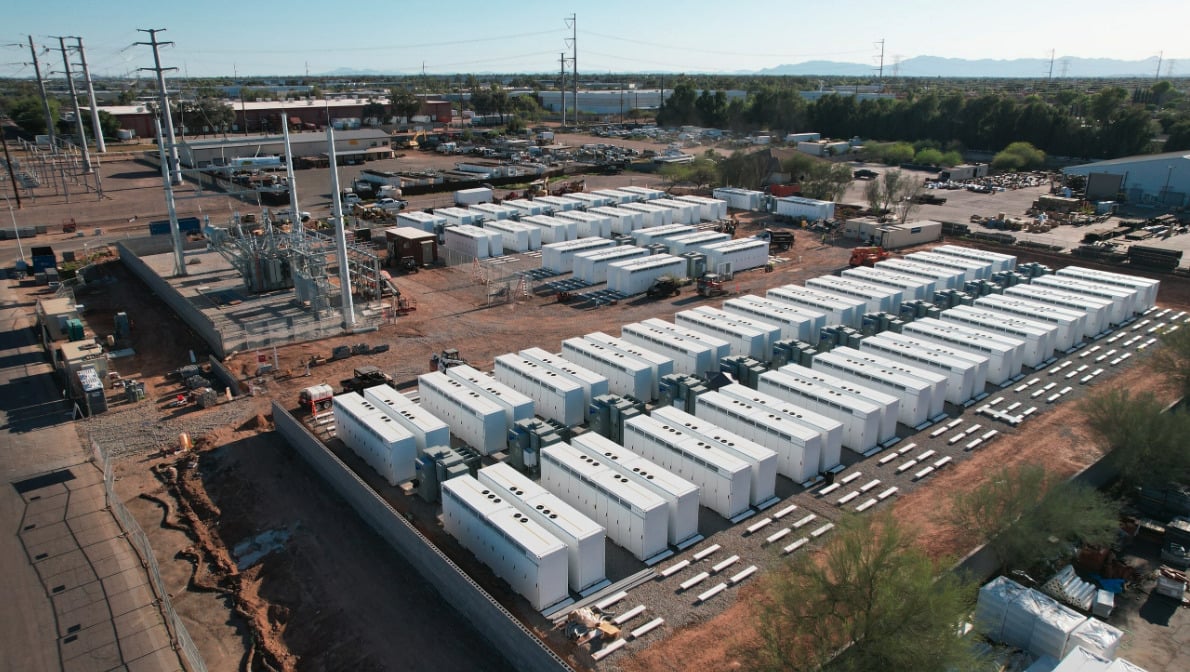
Superstition and the larger, 250MW/1,000MWh Sierra Estrella project will both provide energy to Arizona utility Salt River Project (RSP) under long-term agreements following an all-source request for proposals (RFP) launched in 2021.
Those two were the last SRP needed to hit an 800MW owned or contracted mandated target for energy storage in its service area, primarily to manage peak demand periods in summer.
US$2 billion of financing for BESS by Plus Power recently
It follows a US$100 million tax equity investment Plus Power secured from Greenprint Capital earlier this year for a 200MW/400MWh project in Texas and a mammoth US$1.8 billion financing round for five projects including both Sierra Estrella and Superstition in October 2023.
Plus Power executive chairman Brandon Keefe told Energy-Storage.news at the time that the latter represented the company ‘bringing energy storage into the mainstream of capital markets’. It has several projects in construction or operation in Texas and Arizona and a total pipeline of 10GW of BESS overall.
It is perhaps noteworthy that these investments appear to have been done via traditional tax equity investment rather than new transferability mechanisms brought in under the Inflation Reduction Act which allow for a more straightforward buying and selling of tax credits associated with clean energy projects.
Energy-Storage.news interviewed the CFO of another BESS developer-operator, GridStor, about the pros and cons of using transferability instead of traditional tax equity in a recent interview (Premium access), which gave an idea of why buyers may still opt for the latter.
UBS and Captona formalise BESS joint venture
In related news, investors UBS Asset Management and Captona have closed an investment into a portfolio of four grid-scale BESS projects in Texas totalling 728MW/1,060MWh.
Although they gave few details about it, UBS said the deal is a ‘preferred equity investment’ which allows it to optimise the value of its tax credits without the need for a traditional tax equity partnership.
The unnamed projects range from 100-300MW in size and are set to come online in 2024.


